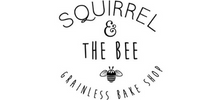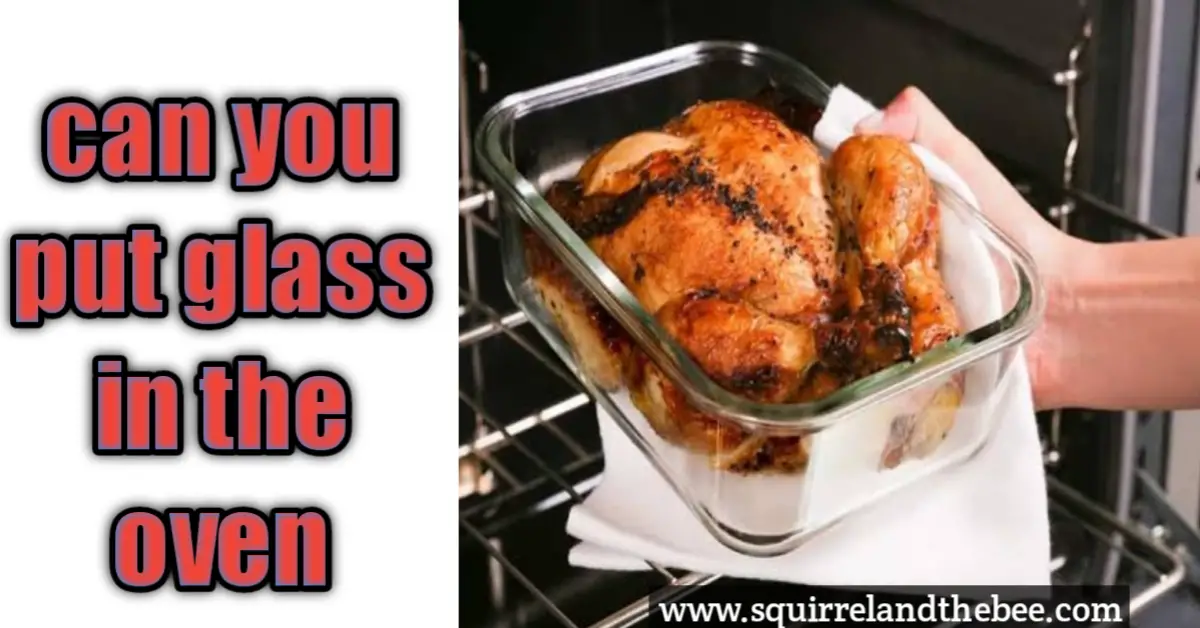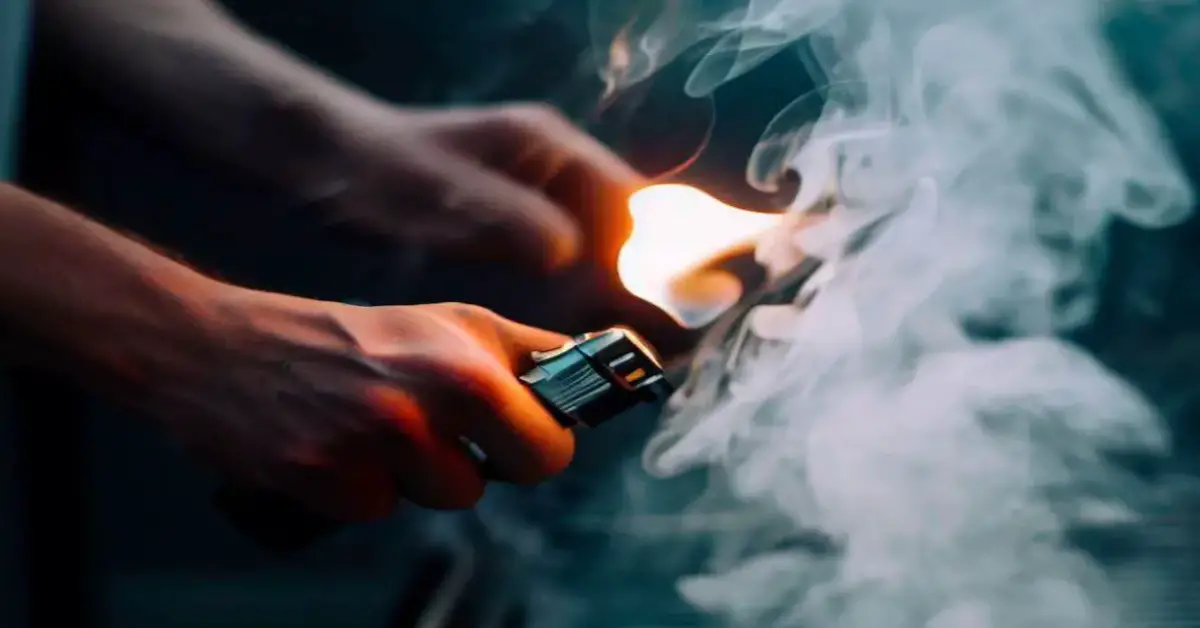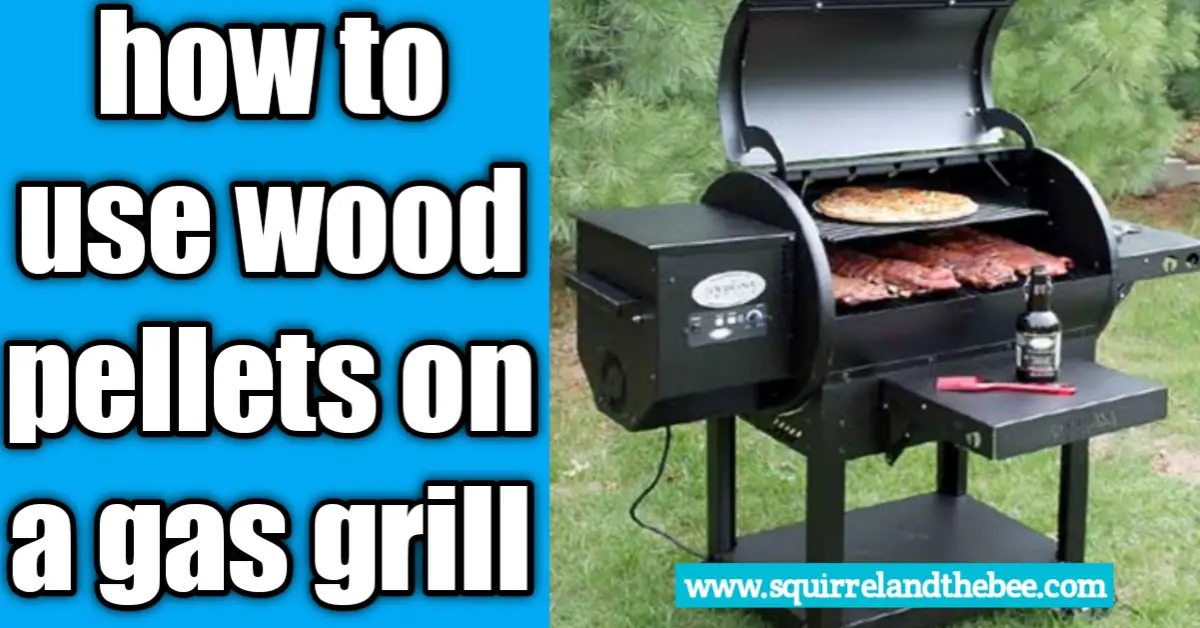can you put glass in the oven?
You’ll likely question if you can put glass in the oven or if it will break and contaminate your food as you prepare the pan you’ll cook in. The type of glass and the oven both play a role in the solution to this query. Your glass is unlikely to break if the oven is a typical electric oven. However, if your oven has a broil setting, your glass may become overheated and break.
It’s crucial to know what kind of glass you intend to use in the oven, if it is oven-safe, and how much force the manufacturer estimates it can withstand.
How much heat can a glass pan take?
As long as you keep the heat below 600° Fahrenheit, the majority of glass that is oven-safe can survive temperatures up to that level. Since most meals will be baked in the oven at 450° F or less, it is unlikely that you will ever reach a temperature where your glassware melts or becomes soft. One of the best glassware manufacturers, Pyrex, makes products that can endure any oven temperature.
They assert that you can use it at any heat level your oven may be cooking at. Given that most household ovens can’t reach temperatures higher than 600° F, this is probably true. However, some glassware might not be able to stand up to that kind of heat. You must first review the cookware’s specifications. To account for potential temperature swings in your oven, you wouldn’t want to use, for instance, a glass that is oven safe to 350° F for anything where your oven gets above 325°.
What can cause to break a glass in the oven?
Even though most glass dishes are safe to use for cooking in the oven, you should be aware that occasionally, the oven-safe glass will break there.
Drastic temperature change:
The abrupt change in glass temperature is one of the most frequent reasons for oven-safe glass to break. For instance, the sudden shift in temperature might cause a glass dish to shatter if you take it out of the fridge or freezer and put it in a hot oven.
Using too-high heat:
Even glass dishes that are designated as oven-safe might not be able to resist extremely high temperatures. When used in a 450-degree oven when the glass was meant to tolerate 350 degrees, the excessive heat can cause the glass to strain or bend, which can lead to it breaking.
Non-Oven safe glass:
Glass is not all made equal. Both tempered and non-tempered glass is available. Tempered glass can be used for cooking in the oven, the Instant Pot, and even the air fryer because it is made to endure high heat and is marked as oven-safe. A dinner plate or mug made of non-tempered glass is not intended for use in the oven. If heated too much, it may crack and break. In general, make sure to check the manufacturer’s instructions if you have any questions about whether your glassware is safe to use in the oven.
Can I Put the glass in the oven?
You can put the plate in an oven that has been preheated to 300° F if it is oven-safe. To keep food warmer for longer, people frequently preheat their plates in the oven before serving it on them. But be sure you don’t go above the manufacturer’s recommended temperature. Numerous plates cannot be used in ovens. You only need to flip the plate over to see if they have written this there. It is usually advisable to avoid using it in the oven if it doesn’t mention. Even plates marked “Not oven safe” can be warmed up in the oven on a very low setting, like 200° F, but only if you properly monitor it and take the plate out as soon as it warms up.
How to keep the glass from breaking in the oven?
You can take a few steps to lessen the likelihood that your glassware will shatter in the oven. Only use oven-safe glass. To find out if the dish is oven-safe, look at the bottom.
- If you’re unsure of the maximum temperature that your oven-safe glassware can withstand, see the manufacturer’s website or instruction manual.
- To prevent unexpected temperature changes, bring your food to room temperature before putting it in the oven. If the dish contains a frozen casserole, let it thaw overnight in the refrigerator and then let it come to room temperature before cooking.
- Before putting your food in the oven, preheat the oven to the proper temperature.
- In the oven, avoid piling plates on top of one another.
Can you put the frozen Pyrex dish in the oven?
A Pyrex dish can be put straight from the freezer or fridge into a hot oven as long as the oven has been adequately prepared. But when a Pyrex bowl is rapidly heated or cooled, different areas of the bowl expand or contract by varying amounts, which puts stress on the bowl. If the strain is too great, the bowl’s structure will deteriorate and break spectacularly. You should always wait for your glassware to reach room temperature before placing it in the oven if you don’t want it to explode or break.
Other tips for preventing glassware from breaking?
- Cooling racks, potholders, or dry cloths should be used to place hot glasses to cool (not on damp or cool surfaces).
- Remember to let hot glassware cool completely before cleaning, cooling, or freezing it.
- Avoid setting cold glassware on a hob or other hot surfaces.
- Never put hot glassware in the freezer or refrigerator; let it cool first.
Conclusions
The majority of glassware designed for use in cooking by a respectable brand is oven-safe and may be used in the oven, up to a suitable temperature, without breaking. Rapid temperature swings and using the incorrect kind of glass in the oven are the main causes of problems. Make sure you are informed so that your oven does not contain a mound of broken glass.
How can I tell if glass can go in the oven?
You can generally find a symbol on the bottom of the container that indicates whether your glassware is oven-safe. The item is probably oven safe if it is referred to as “glass bakeware.” For additional information, you can also consult the manufacturer’s website or the product packing.
Can glass be baked at 350 degrees?
Avoid High Heat: Glass shouldn’t be heated above 350 F in most cases. Check your glassware for the appropriate heat range because some types of glass can be heated more intensely. Examine Glass for Breaks or Cracks Before Putting Glass in the Oven, Check Glass for any Breaks or Cracks
Can glass be baked at 180 degrees?
The sort of glass you are using will determine the response. Therefore, before putting glass in the oven, you should always refer to the manufacturer’s instructions. You might discover that thin glass will shatter at 150 to 200 degrees. However, glassware that is stronger and oven-ready may be able to endure higher temperatures.
Can glass be used for baking?
The normal recommendation for baking in glass is to bake up to 10 minutes longer and reduce the oven temperature by 25°F from what the recipe asks for. High-fat, high-sugar dishes are more likely to have the hard edges we see here; casseroles and bread puddings are less likely to suffer from them.
What is the name of glass made for ovens?
borosilicate
Borosilicate glass, sometimes known as tempered glass, is oven safe. Soda-lime glass that has not been tempered is less heat resistant and cannot survive sudden temperature swings.
Can heat cause oven glass to break?
Extreme heat not only has the potential to harm your oven’s internal workings, but it also has the potential to crack the glass covering its interior.
What degree of heat is too much for glass?
Since glass is a poor thermal conductor, sudden temperature swings of 60°F or more may cause stress fractures in the material, which may eventually lead to cracks. The thin glass begins to shatter when heated and commonly breaks about 302–392°F.
Do 400 degrees cause glass to break?
Glassware can shatter when exposed to fast temperature changes (thermal shock), extremely high heat (over 425 degrees), or direct heat, however, this is a rather uncommon occurrence.
What is the maximum oven temperature for glass?
452 degrees
How hot can you put Pyrex in the oven? Ovens can safely use Pyrex up to 425 degrees. However, glass can break or shatter when it comes into direct touch with heated components. When used in a toaster oven or under the grill, Pyrex is not oven-safe.
Can you microwave glass?
The majority of glass objects can be microwaved as long as they are marked “microwave safe.” The materials used to make kitchen utensils with the “microwave safe” designation are suitable for use in a microwave.




